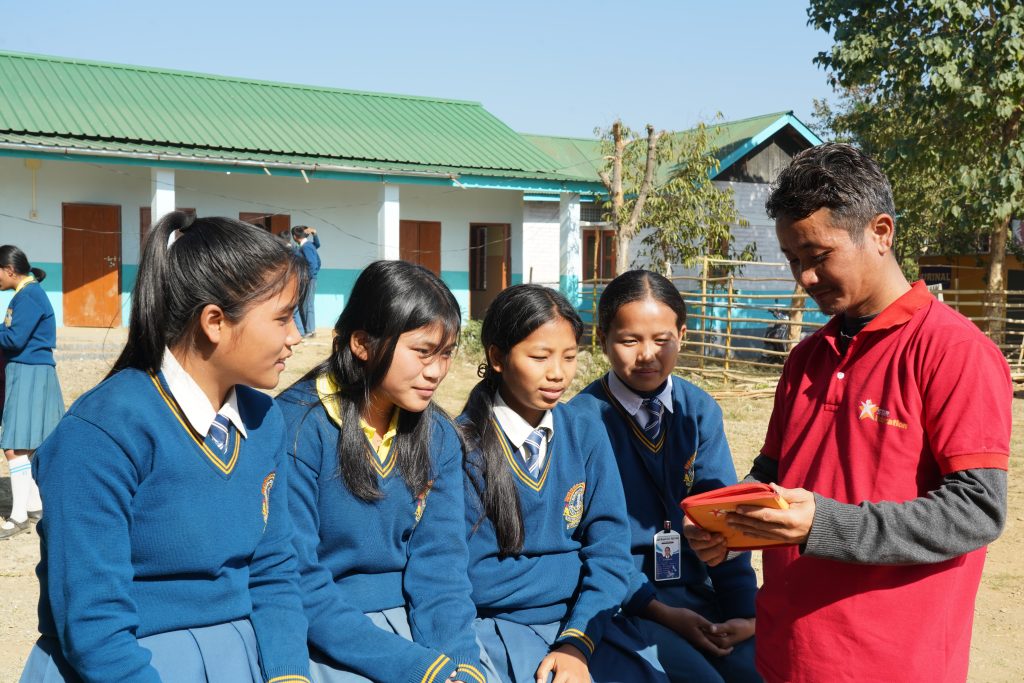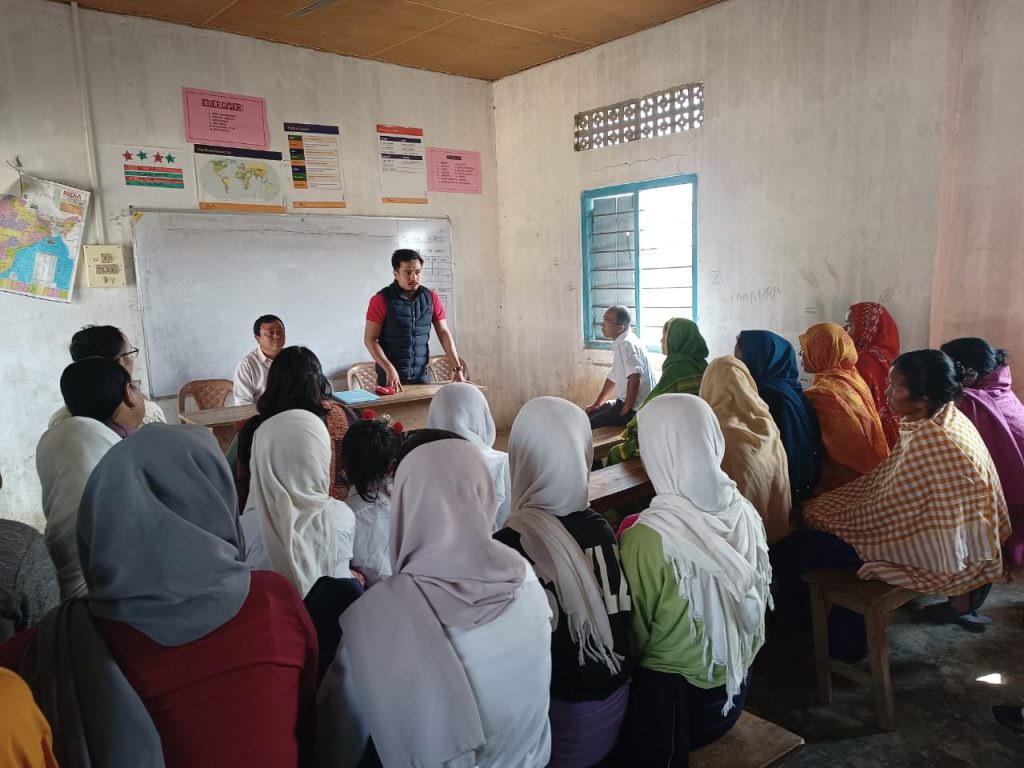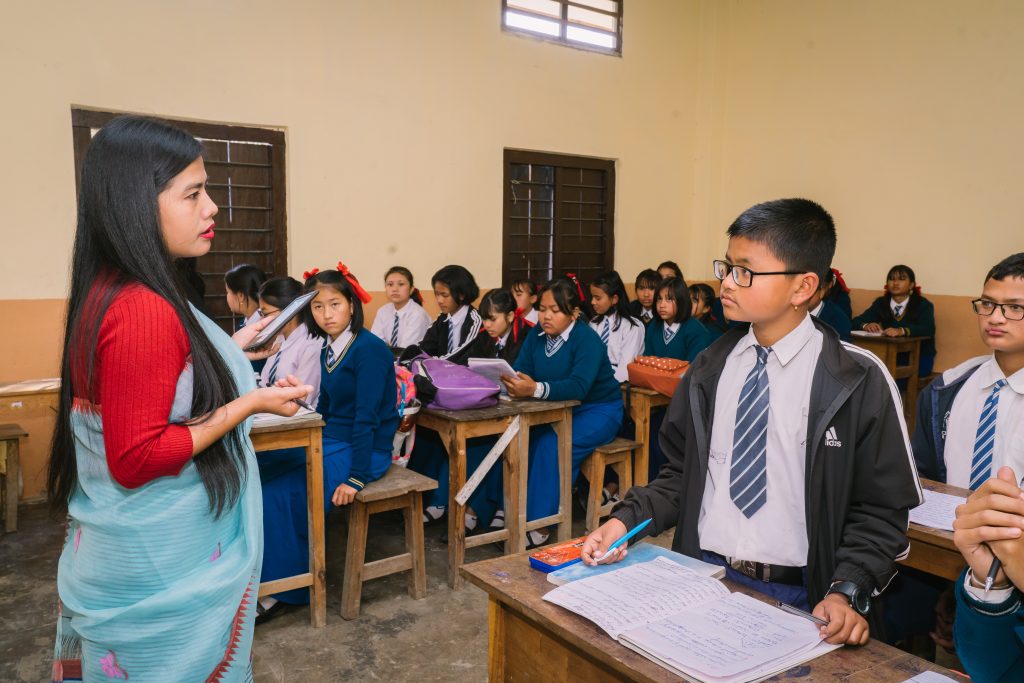In a world where the rate of population growth is steadily declining, it is alarming that so much human capital potential is wasted due to a lack of embracing girls in education. Visionary governments are overcoming this wasted opportunity – by transforming their entire public education systems.
World Population Day, July 11, aims to focus attention on the urgency and importance of population issues. A theme for this year’s event is “how to safeguard health and rights of women and girls,” one that should draw attention towards education as both a fundamental human right and a means to uphold and advocate for one’s rights.
With more than 8 billion people in the world, it is absurd that half this population, being women and girls, are still treated as discretionary human capital – and it is costing the world. World Economic Forum’s 2022 Global Gender Gap report finds that “globally, women account for only 38 percent of human capital wealth versus 62 percent for men. In low- and lower-middle income countries, women account for a third or less of human capital wealth.”

Accompanying these figures is the stark estimation that at the current rate of progress, it will take 132 years to reach full gender parity – change is not happening fast enough, we need systems to transform rapidly.
When it comes to investments in human capital, there is none greater than education; especially when trying to address gender inequity, as learning outcomes for girls, particularly in low-middle income countries, can be very poor. In India, learning outcomes for girls, particularly in low- and middle-income regions, often fall behind.
India has become the world’s most populous nation with 142.86 crore people, according to United Nations Population Fund (UNFPA) with about 25 per cent of India’s population in the age group of 0-14 years. According to UNESCO, India has one of the highest rates of learning poverty in the world with an estimated 50% of children not achieving minimum proficiency levels in reading and mathematics.

But what does gender equitable human capital investment in education look like? Historically, much of it has been focussed on inputs, often through individual initiatives that aim to slowly chip away at a specific issue.
The problem with such interventions is that gender inequity in education is not a result of a single factor, rather a collection of barriers that when together can make education exclusionary. When trying to deliver a solution, focusing on one hurdle will not make the meaningful changes we need to see for millions of girls.
A recent report by Global Education Evidence Advisory Panel (GEEAP) backs this up, highlighting that investments in individual inputs – things like laptops, textbooks, school buildings, and specific grants are not as cost effective as investing in outcomes and holistic interventions.
The solution is whole-system transformation.

Utilizing the bold methodology of whole-system education transformation, visionary governments in India are embracing young people through a focus on learning outcomes. In Manipur, STAR Education works with the government to rebuild an education system ensuring every part works together to support every person. This principle promotes gender equality in education, as the new system is built to ensure all students thrive – and guarantee girls receive this benefit by engaging them in all components of education.
One vital component of this transformative approach is the collection and utilization of data. STAR Education’s model prioritizes data capture, which enables monitoring and evaluation of the progress of all girls, including indicators such as attendance and academic performance. With these insights, education can be shaped to strengthen areas where gaps exist.
Another significant barrier that girls face in education is attendance and dropout rates, which tend to increase as schooling progresses. Many current systems lack the necessary support for girls to access and stay in education.
It is essential to recognize that these interventions, on their own, are insufficient to bring about meaningful change in gender equity in education. It is only when delivered as part of a comprehensive whole-system transformation that they have a transformational impact.
Education has the potential to unlock an immense human capital opportunity, but for girls to gain the benefits of learning, governments must ensure every part of the system involves and engages them. And, holistic transformation is the key to delivering education that will support all students to learn.

